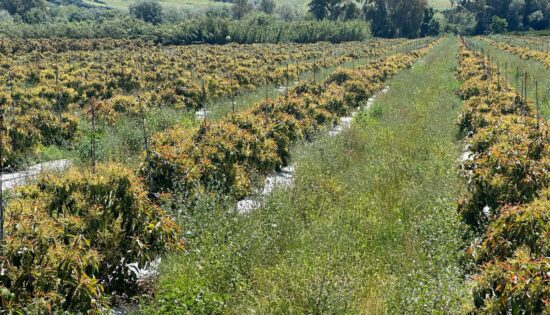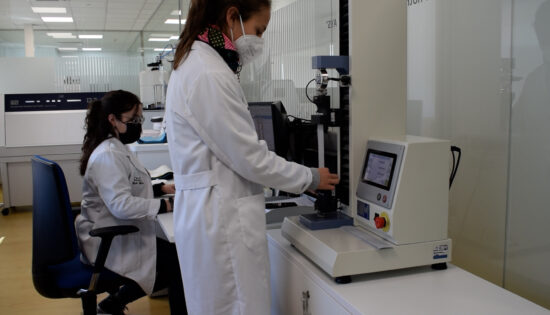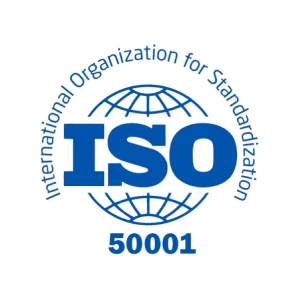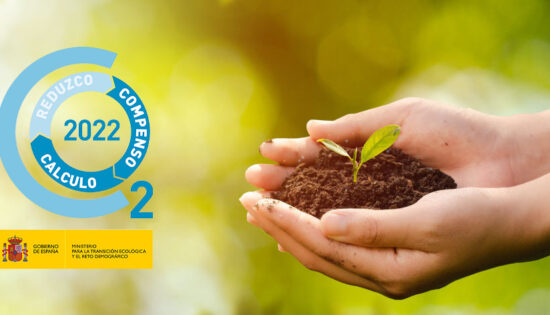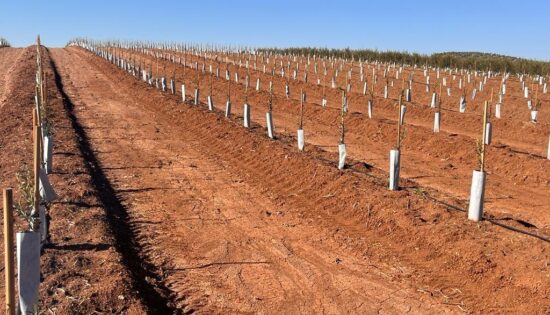Soluciones del BICAPA NO TEJIDO ANTIHIERBA
DOUBLE LAYER ANTI-WEED NON WOVEN The Double layer Anti-weed Non woven is used for the protection, biological and thermal control of crops, allowing to maximize the yield of the crops, offering an optimal and sustainable solution to the problems of each crop. DNT Non Woven Fabrics has developed a mesh that can be applied to any type of crop, especially subtropical, citrus, pistachio, olive, almond and woody crops in general, …
